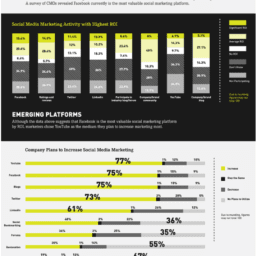
According to eMarketer, US retailers can expect a happy holiday season in 2015, as eCommerce sales are expected to rise by approximately 13.9% since last year’s holidays. This year, one of the most exciting drivers of growth is “contextual commerce,” a phrase to describe shopping that can be completed in other digital channels outside of merchants’ online shopping sites, for example, via social media. The great promise of contextual commerce emerges from the power of data, especially data delivered by devices like smartphones and wearables that capture consumers’ behavior when exploring in both digital and physical spaces. “Contextual commerce” aims to help connect merchants and consumers in both of these spaces, presenting purchase options at the very moment of discovery. Tightening the relationship between discovery and purchase holds previously unimagined potential for merchants to find new prospective customers, target them with the right message at the moment of truth, and to drive immediate conversion.
Facebook, Pinterest and Instagram are examples of consumer tools that are gathering vast data on our general interests, our product browsing history, and our purchases. But to the consumer, these are valuable tools to interact with friends and family, and to discover new things in the world, including new products or services. This intersection of word-of-mouth trust and discovery is exactly what is so potentially valuable to sellers. The data about our preferences and those of our friends and family can be harnessed to drive increased relevance of the product information presented. Then, with highly-relevant discovery in the context of their trusted experiences, consumers will be able to make purchases with just a few taps from within a social media app, rather than having to click through to another website to make a purchase, enter a credit card number and shipping information, and on and on. Transactions that used to take two to three minutes will be completed in less than ten seconds.
But how can merchants take advantage? Quite simply: Merchants will soon be able to activate a “buy-now button” directly in these tools – for example – within a social media feed. To cost-effectively participate in these channels, merchants must determine how to merge this brave new world of digital commerce with their existing social media strategies and broader advertising business models. As such, below are some thought-starters on ways for merchants to optimize their social media strategy to help find new buyers and increase sales this holiday season:
1. Create interactive product experiences distinct to the channel
Tools like Facebook make it easy for users to comment, share, rate, review, and – of course – see images of products. Merchants should take advantage of this, and enable their marketing to be shareable and work within the context of the user experience in that channel. Not only is it a more engaging form of marketing, but it drives trust with consumers, as shoppers find interactions and feedback from other consumers more trustworthy and authentic than traditional marketing or advertising. In short, shoppers trust the voices of other consumers who have experienced your products, and these tools can help you create an authentic and trustworthy discovery experience for your prospective customer.















